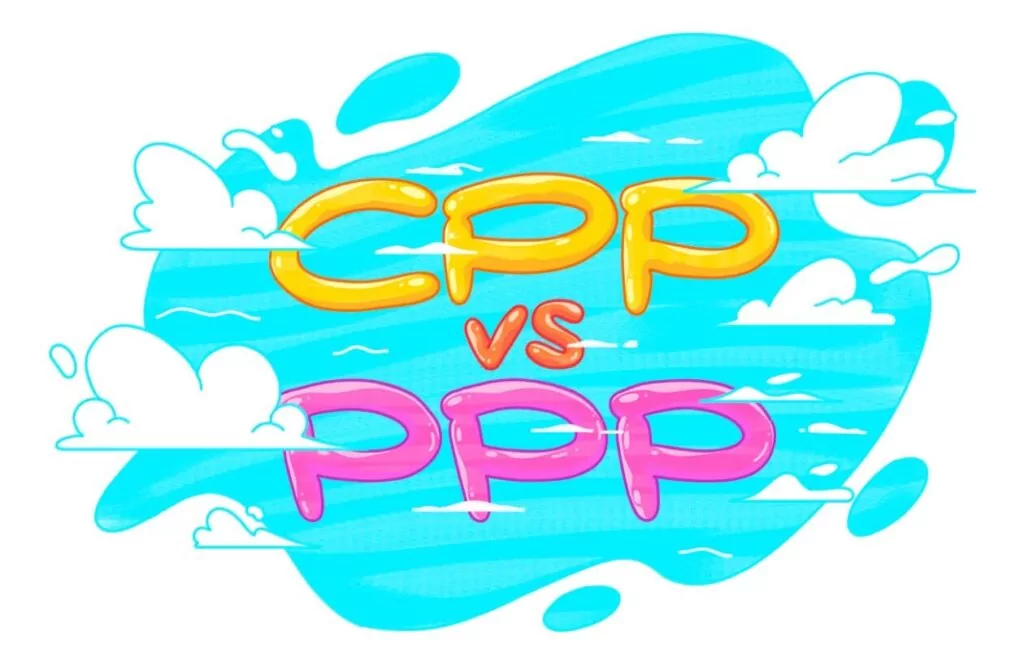If your child has CPP, you may know there are two forms of precocious puberty: Central precocious puberty and peripheral precocious puberty (PPP), also known as precocious pseudopuberty. Although children with CPP and PPP can exhibit similar symptoms, these two conditions usually have different causes, start in different locations in the body, and require different treatment.
Defining Precocious Puberty
To understand how CPP and PPP differ, it’s important to first define precocious puberty. Typically, normal puberty begins between the ages of 8 and 13 for girls and 9 and 14 for boys, when the brain begins secreting the puberty-inducing hormone GnRH (gonadotropin-releasing hormone). Puberty that starts earlier than this expected age range is called ‘precocious puberty.’
Central Precocious Puberty
The most common type of precocious puberty is central precocious puberty, or CPP, which starts the same way as regular puberty—just a little earlier. Because CPP depends on the secretion of gonadotropin-releasing hormone, it is considered ‘gonadotropin-dependent’.
Peripheral Precocious Puberty
PPP or precocious pseudopuberty, meanwhile, occurs due to the excess production of estrogen or testosterone caused by peripheral conditions in the ovaries, testicles, adrenal glands, or pituitary gland. Because PPP does not involve gonadotropin-releasing hormone, it’s labeled gonadotropin-independent.
Although CPP is rare, affecting one in every 5,000-10,000 children, PPP is even less common: Recent studies estimate that 23.3 % of cases of precocious puberty are due to peripheral causes.
CPP Cause and Treatment
Often, the cause of CPP cannot be identified. According to the Mayo Clinic, “for the vast majority of children with CPP, there’s no underlying medical problem and no identifiable reason for early puberty symptoms.”
Since CPP is gonadotropin-dependent, CPP treatment works by blocking the brain’s release of gonadotropin, thereby pausing puberty. The type of medicine that blocks GnRH is called a ‘GnRH agonist’.
PPP Causes and Treatments
PPP is caused by a release of estrogen or testosterone into the body because of conditions affecting the ovaries, testicles, adrenal glands, or pituitary gland. Some of the peripheral conditions that can cause excess sex hormone production in children are:
- A tumor in the adrenal glands or pituitary gland that secretes estrogen or testosterone
- Hypothyroidism
- McCune-Albright syndrome, a rare genetic disorder that impacts skin color, bones, and hormones
- Ovarian cysts or tumors
- A tumor in the cells that make sperm and/or testosterone
- Gene defects
- Exposure to estrogen or testosterone creams or medications
The treatment for PPP depends on which condition is causing excess estrogen or testosterone production. That means treatment options are unique to every PPP patient, and can include tumor removal, hormone therapy, bone growth medicine, and physical therapy.
No child should have to grow up too soon. Understanding the difference between central and peripheral precocious puberty can help you better advocate for your own child and navigate their condition with more confidence.
TPI.2022.3112.v1 (v1.1)




